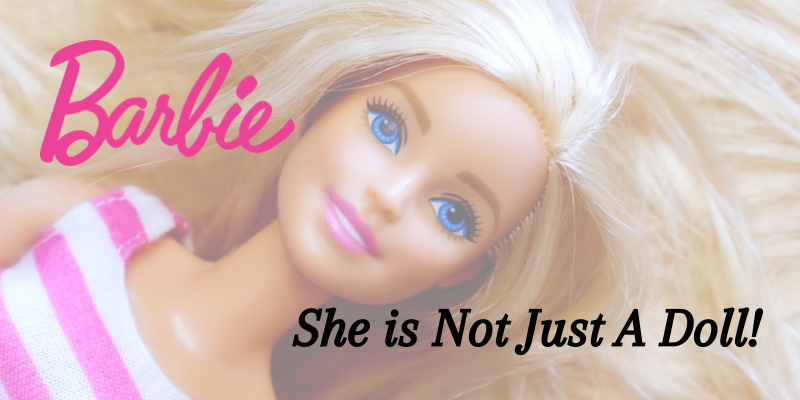“ Dad, please get me a Barbie like Shreya!”
“Sure dear one, I will get you a doll this weekend.”
“No dad. Not a doll, but Barbie. She is Barbie!”
A phenomenal creation by Mattel, ideated by Ruth Handler, Barbie was born in 1959. Inspired by, Bild Lilli, the German sexy doll used as novelty gift for men, Barbie was introduced as the new teen fashion model. The postwar era had ripple impacts on the psycho-social lives of people, one of them was the notion of ‘teen’ as a new consumer product for every American household. Barbie was just the right coalescence of a grown-up girl with an unthinkable body, in trend with haute couture, independent with streaks of choiceful relationality.
Barbie for long has charted top as the new age consumerist fury, shaping and contouring the collective psyche of young minds in terms of their self-image, desires, and relational matrix. Psychological literature tried shedding light on the detriments of Barbie on young girl’s issues with body image, eating disorders and partly psychological health. However, the Barbie frenzy is far from the revelation of its psychological underpinnings.
Who is Barbie?
A petite, tall and curvy teenager with no child-like looks, overtly sexual, materialistic. Despite her unrealistic physical characteristics, she holds a strong consumer currency with multiple identities. Barbies have been a strong reference point for young girls in their self-representation of I, Us and Them around. The combination of blonde hair and blue eyes could capitalize the emerging middle class of new American society bruised with postwar brunts. Though designed for child play, Barbie was far from being a child-like resemblance, empowering children to explore identity in a playful way while using their sense of self. The new-age teenager was deeply ingrained with patriarchy and gender oppression. The idea of work, financial and sexual independence streaked as important markers for them which was titillated through Barbie. Her financial independence, material wealth, dream house, pool, Jacuzzi, couture ward, dog and so on were apt accessories to symbolise the affluent American society inducing aspire-envy dichotomy.
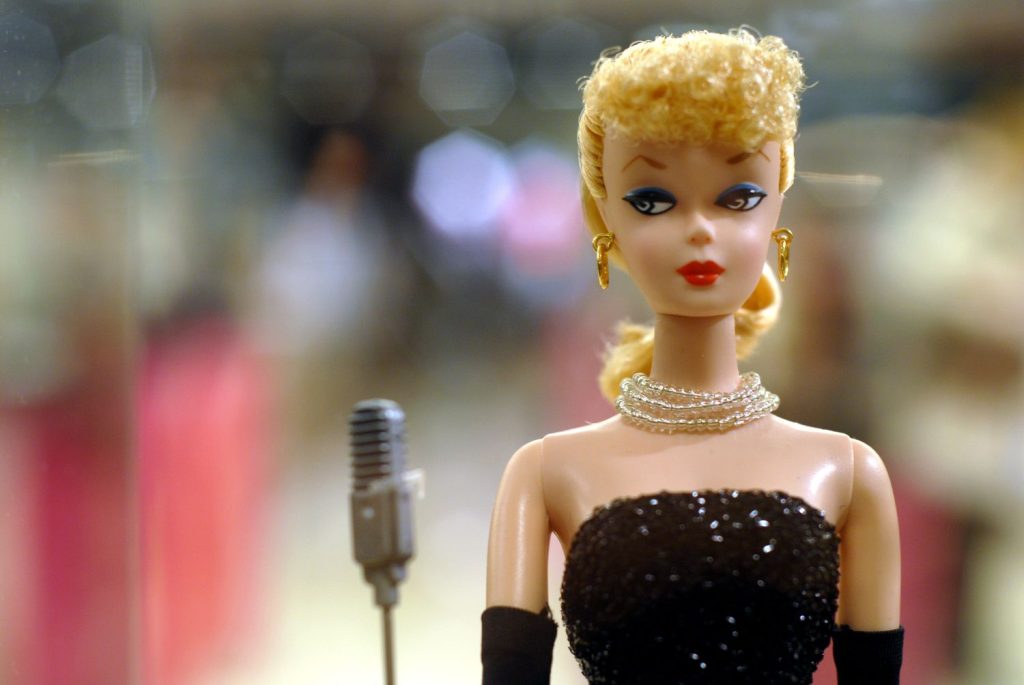
Courtesy: The Spruce Crafts
Therefore, to understand the phenomena of Barbie, one needs to examine the socio-historical context of its backdrop.
The Phenomena Barbie
Unlike other toys (like trucks, guns, building blocks etc.) dolls hold a strong element of personal attachment because of its psychological impact. Thus, a doll is never just a doll for its owner but mimics her imaginative world imbued with psychosexual fantasies. Dolls perhaps are the first object in the girl’s life through which she explores her intimacies, desires, and fantasies. Doll play reflects internal state language in the brain through prompting social thinking and social talking according to Hashmi et.al.(2021). It enables them to build a bond with the doll while getting to practice social skills and creating an imaginative world for themselves. The elementary idea that governed the toy industry prior to Barbie was then to give children child-like dolls with soft, cuddly, nonsexual and babyish feelings so as to softly fence them from the adult world. Handler’s Barbie revolutionized it completely. Barbie was sold with strong suggestive cues for one’s identity formation representing a particular person with a name, body and real-world identity. To understand it better, there is a need to go closer to ongoing gender representations and its criticisms. Doll play prior to Barbie was considered as a strong social prime for domesticating girls to become unaspiring, non-ambitious women who could readily accept the second citizenship in the patriarchal system. Many feminists did slogans against girls playing with dolls.
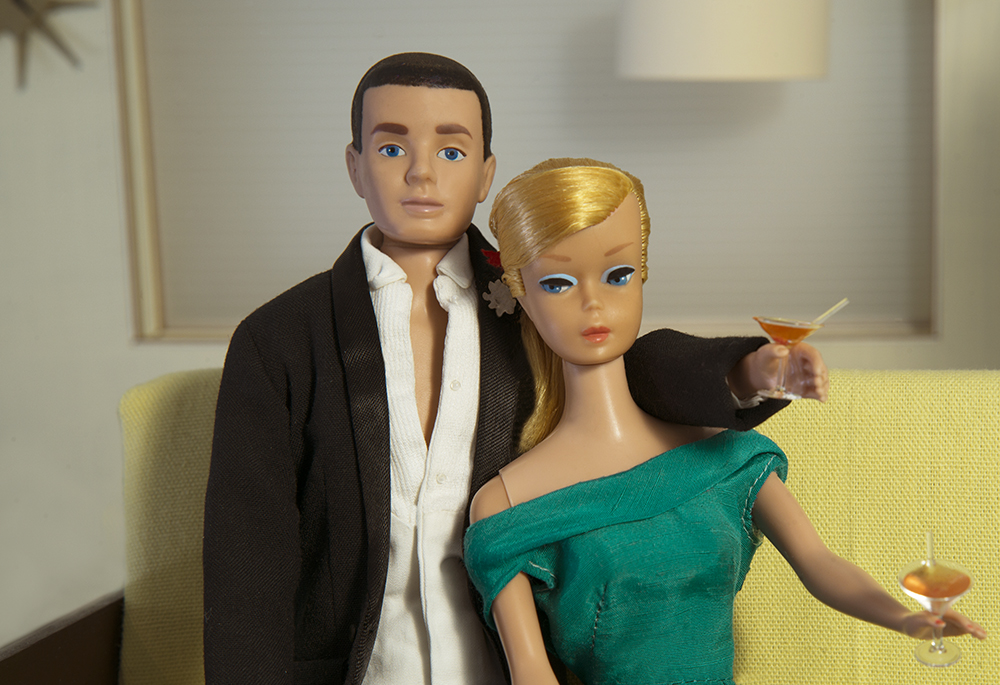
Barbie did radicalize the gender discourse wherein the girls were not expected to mimic the domesticated role for themselves but to assert their choice and exercise their independence, an emancipatory step as considered by many feminists. This intent was diligently crafted by Mattel in designing Barbie and her world. A teenager with unthinkable legs and high heels, belly button fashion inspiring the young girl ‘to dream her dreams through her’, a thought sold by Handler. Thus, Barbie was more than a doll ventured as the new point in the sociopolitical, economic landscape of toy industry. Barbie also became the fulcrum of the American psyche, the make believe blonde who inspired to live out one’s fantasy. Toying with intimate desires is one of the commendable impacts of Barbie. It kind of captured the chaos and turbulence of the teenage period wanting to assert their independence in a safe and secure way. The skillful design of it allowed its owners to personalize their space through varied accessories of Barbie. “My own Barbie as per my desires and dreams”. The element of glamour given to Barbie was also to induce the envy of affluent America, a position unachievable for many yet aspired for all.
The phrase ‘My Barbie’ therefore is more of a sociopolitical phrase loaded with sexual and intimate desires of a certain class. Hence, Barbie was claimed as an all-American girl which every girl groomed in the light of the American psyche. Apart from these attributes, there are some significant psychological markers of Barbie. The freedom of playing with her alone gives an immense edge to possess her as well. For the imaginative mind of the child, the presence of Barbie is layered with opportunity to explore their inner entanglements of desires. This in turn fans the further possibility of exploring how do women wish to see themselves and how are they seen. In other words, Barbie triggered a double bind position for its consumers who felt encouraged to have her and then sulk in the triviality of their own looks, which very often took a larger space of their lives. The issues of body image, self-concept etc. hold a strand in this respect.
Barbie was able to encash the core issue in the construct of beauty from a gender lens, where men were expected to enhance their appearance but women were expected to transform themselves, a pivotal currency exchanged by consumer industry by and large. Barbie thus became the blonde through whom men would gaze upon women and further women would want to seek approval again from men for that gaze.
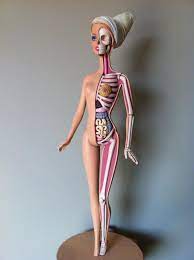
Courtesy: Facebook
Jason Freeny drew an anatomical sculpture of Barbie’s body to depict the malfunctioned digestive system owing to its underweight figure with a waist of 18 inches and a height of 5’9. This sets the pitch for an unrealistic goal of a perfect body yet gives a sense of altered self by not being so.
The relational matrix of Barbie was indeed a breakthrough for women in terms of the prevalent social practices through which Ruth herself went. Barbie embodied the new woman in opposition to the one who will grow up to be a housewife and a mother. Her ideal body type left very little room for imaginative transformation. Naturalization of her body form, hair types , eyes colour shows the idea of promoting sexism. The idea of beauty was complexified with this new benchmarks, paving the way for the cosmetic industry and surgeries as the future endeavours.
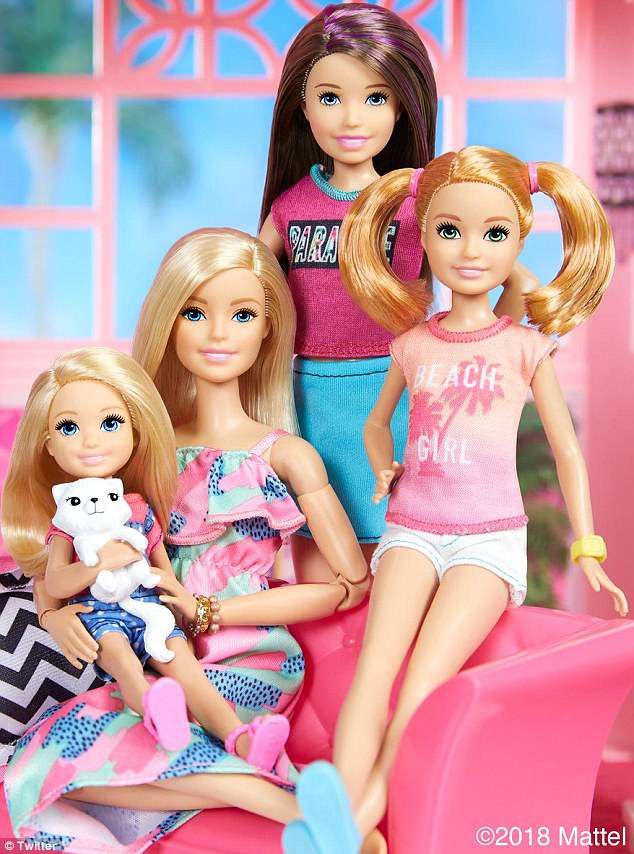
Though Barbie is shown to have a family of younger siblings, she herself doesn’t seem to have a parental lineage. This is also one of the important psychological markers of her. Her emotional independence without any relational history yet portraying her as capable of caring for young ones adds a complex feature to the affect world of the consumer. Her neutered male friend, Ken is only positioned as someone who is there as per her desires and wishes without asserting his masculinity on her. This in all does gives Barbie an edge over other women who are emotionally dependent on their relational matrix, and live with the guilt of being selfish when they thought for themselves. Thwarted with their intimate desires, for many girls Barbie was their new rescuer from the shackles of collective past.
In crux, Barbie posed as the newest glamour girl not afraid to be single, well maintained and conscious of her body, not allowing even an ounce of baby fat on herself is seen by many as the ‘undercover radical subversive heroine’ defying the conventional notions of femininity. Acknowledging the growing breast and working towards a great body soon became a cultural trend in American Society which has heavily built a cult around staying fit.
It won’t be wrong to say then Barbie is not just a doll. It is a cult in itself which needs to be closely examined.
Read Also:

